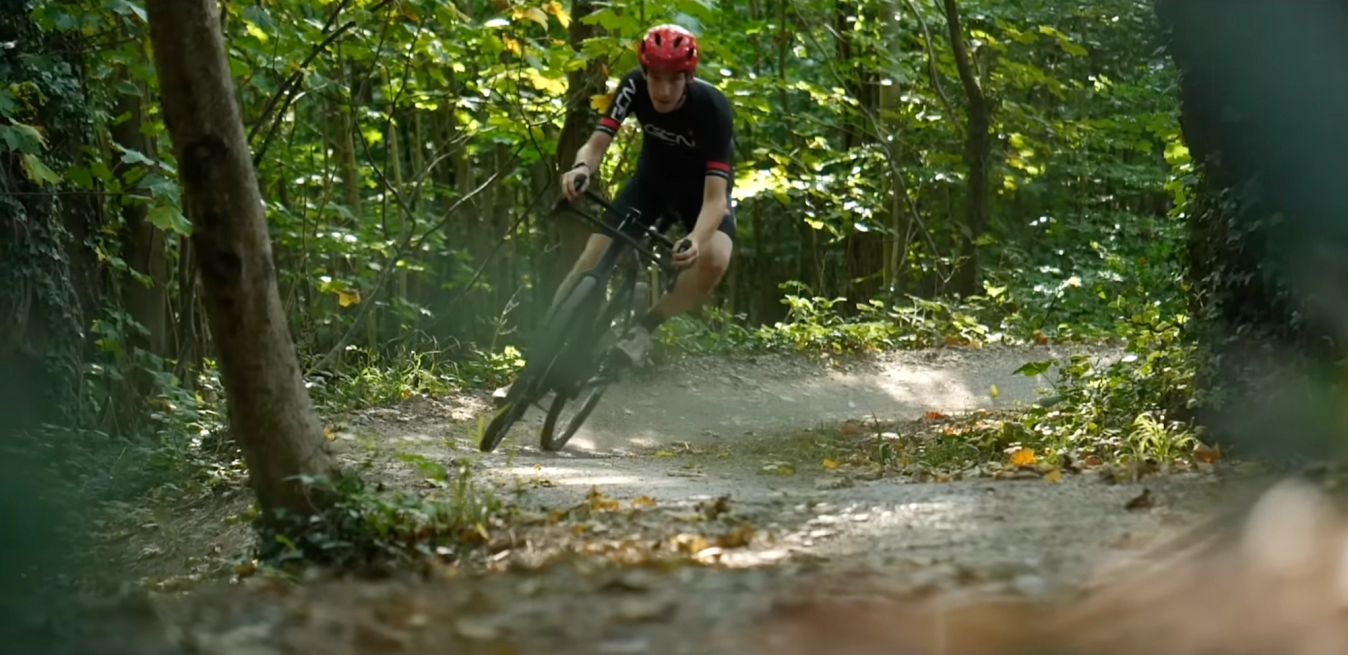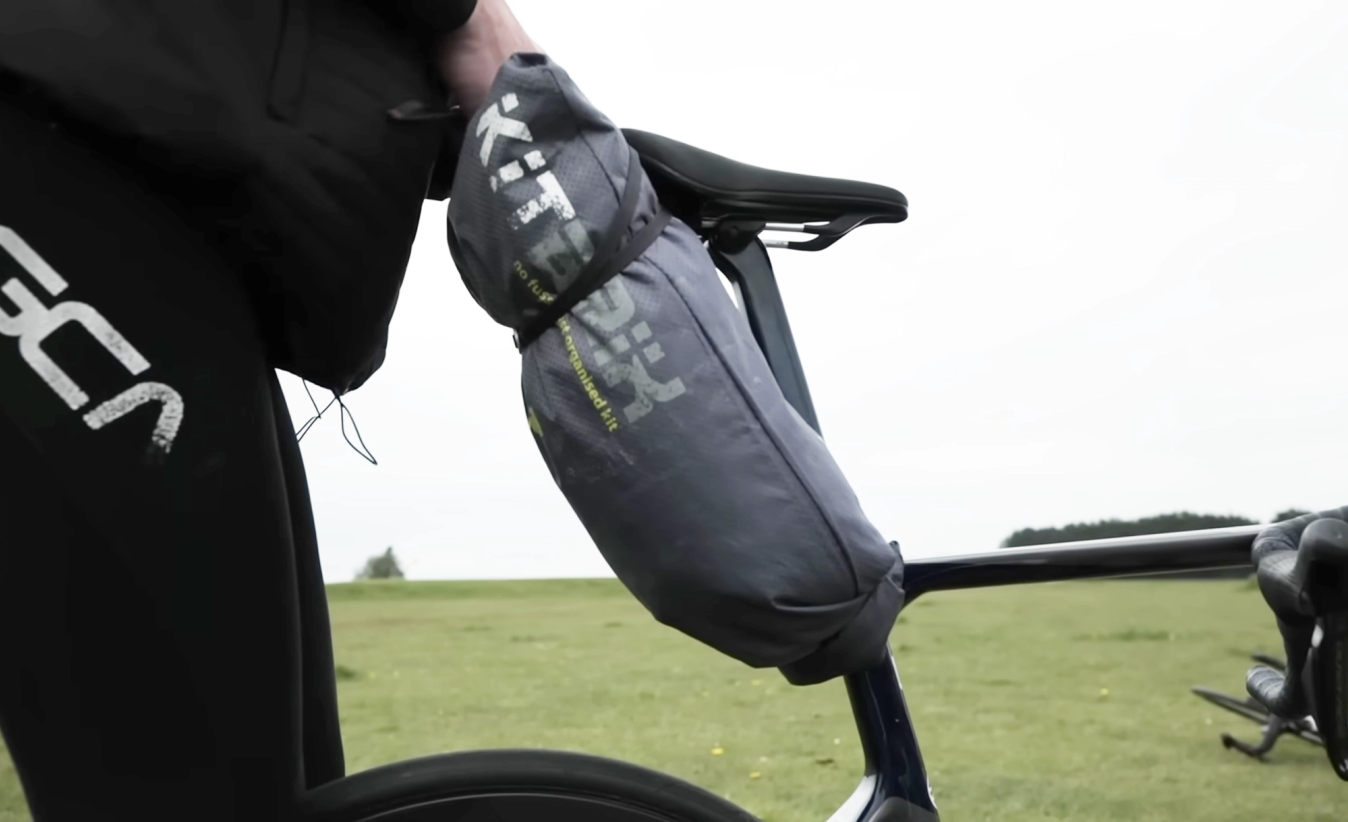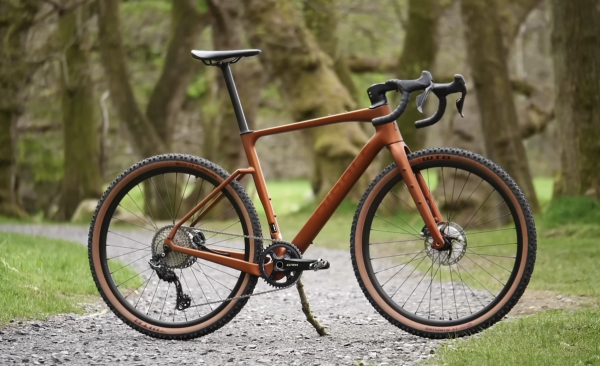8 common gravel riding mistakes to avoid
From rattling bottle cages to incorrect bike set-up, avoid these gravel mishaps
Tom Hallam-Gravells
Online Production Editor
More and more roadies are making the transition across to gravel riding - and for good reason! With a gravel bike, you can take your riding beyond the confines of smooth tarmac to explore a whole new world of off-road terrain.
While there are plenty of similarities between road and gravel riding, there are also lots of differences and there are some things you’ll need to be aware of before embarking on any off-road adventures.
Luckily for you, our presenters have made virtually every gravel error in the book. We’ve collated all of these together to form eight gravel riding tips.
- Read more: Gravel bikes, riding, racing and events: Everything you need to know about the sport in 2024
Secure your bottle cages

© GCN
Make sure your bottle cages are secure
As the name suggests, gravel riding will take you over some rough terrain.
It’s much more demanding for your bike than road riding and all of the vibrations created while traversing the rugged surface will reverberate around your bike, potentially shaking nuts and bolts loose.
This problem is usually only restricted to bolts with low torque limits, like those used to secure bottle cages. Even these should be fine if they’re tightened to the limit but if they’re not, you could face some problems.
In the best-case scenario it’ll lead to rattling bottle cages which doesn’t sound that bad but, trust us, will become infuriating after a few miles. So, check the bottle cage bolts before embarking on any adventures.
Always check other areas of the bike too, including the seatpost and stem clamping bolts.
Pick your route wisely
For those lucky enough to live in areas with endless gravel routes, this point may not be as relevant, but for those with a limited selection, pay close attention.
In the UK for example, gravel routes are hard to find and can sometimes lead to unexpected places. One minute you can be on a recognisable gravel track, the next you are ploughing your way through a field or technical single track. It’s hard work finding pure gravel routes and if you’re not careful, you can easily stray onto terrain that should only be tackled on a mountain bike - the kind of terrain where a downhill bike is at home.
This may not be a problem if you’ve got top-class technical skills, but it’s not particularly healthy for a suspension-less gravel bike. It can be tricky, but try to carefully plot a route before heading out so that you don’t end up too far astray.
You’re not on tarmac, so don’t corner like you are!

© GCN
Don't corner like you would on tarmac
When transitioning from road to gravel, a lot of beginners make the mistake of cornering the same way as they would on smooth tarmac. The problem is that gravel surfaces tend to be loose, meaning they offer less traction. That’s a recipe for disaster that leaves plenty of riders sprawled on the floor after decking it.
Cornering on a gravel surface is much more sketchy so cut more of your speed on approach than you would for tarmac. Try not to tense up too much and overly grab the brakes as this will cause you to skid.
However, it’s important to accept that skidding is a part of gravel riding and is sometimes unavoidable. Just because you skid slightly, it doesn’t mean that you’re going to crash, so learn to embrace the feeling and build up confidence over time. You can also unclip your feet to help with balance on particularly sketchy corners.
- Read more: How to ride your road bike on gravel
Lower your tyre pressures
Forget whatever tyre pressure you use on your road bike as you’ll need to go much lower on a gravel bike. Many cyclists fall into the trap of riding with highly inflated tyres, something you’ll definitely want to avoid.
Even if you’ve carefully picked a route with less technical terrain, you’re still going to encounter bumpy and rough gravel. It has less traction than tarmac and is less comfortable.
Both of these factors can be combated by lower tyre pressure, which will add extra cushioning to your ride and expand the surface area of the tyre, leading to more grip. Depending on your tyre width, set-up and the manufacturer’s recommended limits, this pressure can be as low as 20 - that’s seriously low for anyone used to road tyre pressures.
Invest in gravel shoes
Cycling is an expensive sport and at times it can feel like products exist for the sake of it. This is sometimes the perception with gravel-specific components and clothing, like shoes.
While the differences between a gravel and road shoe may be small, they’re important, which is why we’d recommend investing in a gravel-specific pair.
For a start, most use the SPD cleat system, which is the preferred choice for mountain biking, compared to the SPD-SL system which is regularly used on the road. SPD have flatter soles and better tread for when you’re walking off the bike, which can be a lot during gravel rides. Most are more flexible too as all-out performance isn’t as important as comfort, although this will vary per manufacturer and the intended purpose.
As an added bonus, SPD pedals are double-sided, making it easier to clip back in.
Only carry bags that you need

© GCN
Don't overload your bike with bags
Sticking to the theme of unnecessary products, there are now a bewildering number of bags available for gravel bikes, and many cyclists choose to use them.
While there’s nothing wrong with this, most of the time they’re not really necessary. Unless you’re on a bikepacking or ultra-endurance adventure, there isn’t much more to carry than there is for a road bike. So, why carry more bags than you need? All they do is add unnecessary weight.
Keep things simple and use the minimum number required to carry all of your essentials. Many brands like Canyon have added in-frame storage to their bikes which further reduces the need for bags.
Embrace the gravel culture
Entering a gravel event can be daunting. From the outside, they appear to be gatherings for the gravel cool kids, or at least that’s what road bike loyalists will tell you.
Our presenters have competed in gravel events all across the globe and that perception couldn’t be more wrong. Gravel culture is very inclusive and the events attract riders from various disciplines and with vastly different abilities. So, don’t be worried if it’s your first event as you won’t be the only one and everyone will be really welcoming.
Most events offer various distances too, so you can pick the one that’s best suited to your ability.
- Read more: 8 hidden gems of US gravel racing in 2024
Pace yourself
Gravel riding requires more energy and power than road cycling, so don’t expect to hold the same average speed. If you do, you’ll be certain to pay for it later in a ride.
It’s a common mistake all of our presenters made in their first gravel races and events. Blowing up will be especially punishing at a gravel event as they tend to be quite long, even compared to road events - it’s not uncommon to see distances reaching the lofty length of 300km.
If everyone’s going full gas at the start, don’t be lured into trying to hold their wheels. Trust us, you’ll be glad you were disciplined when you’re overtaking rider after rider later in the event.
Find all of the gravel advice and inspiration you need, all in one place, in our ultimate guide, linked here.








.jpg?w=600&auto=format)



